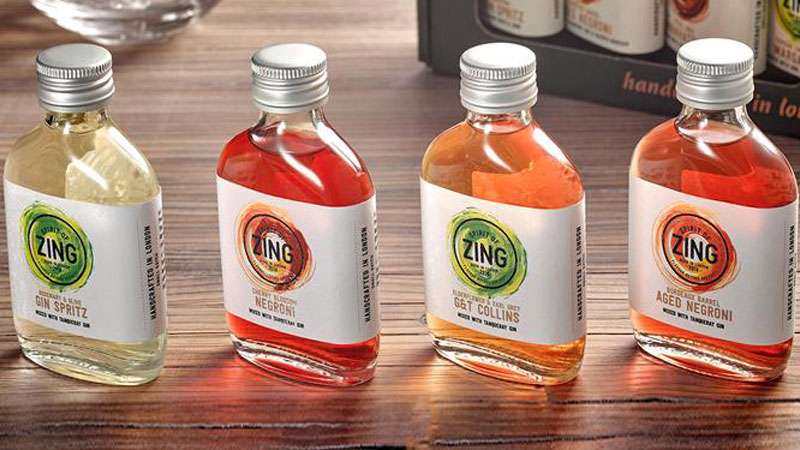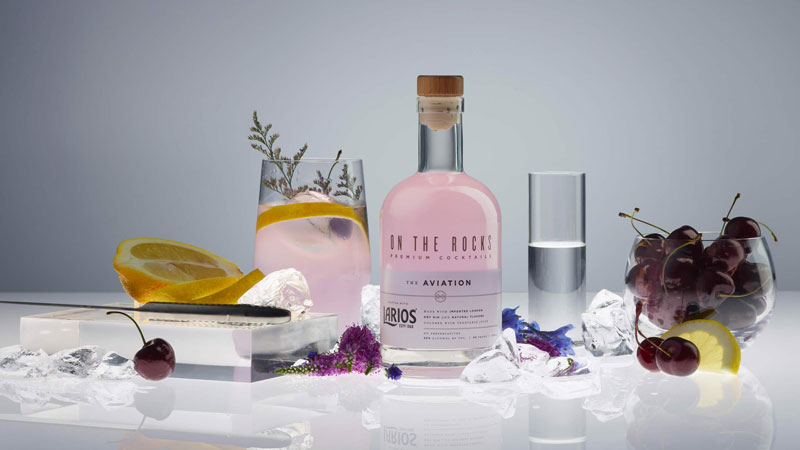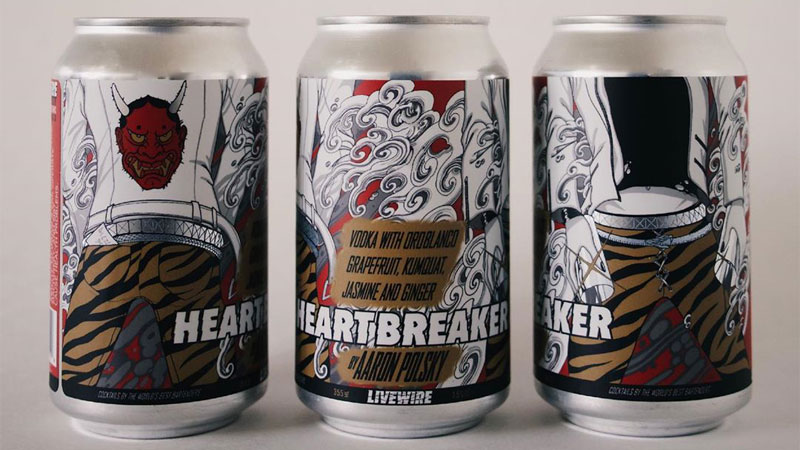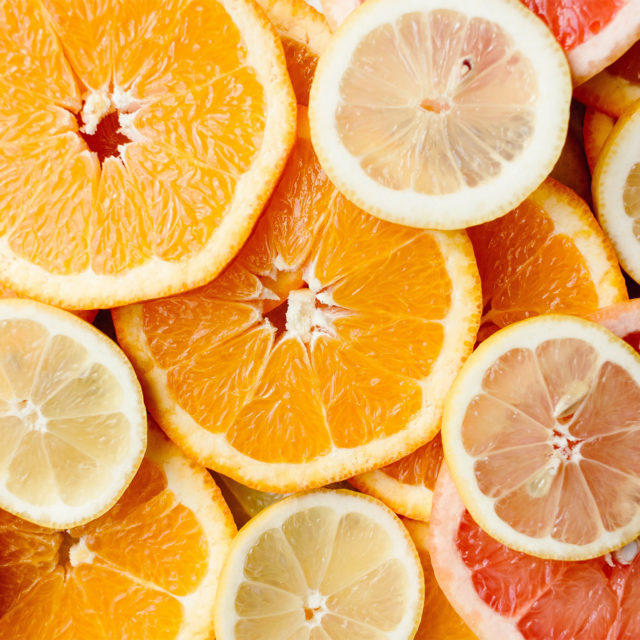In recent years, ready to drink (RTD) canned cocktails have become an important disruptor in the alcohol sector. According to consumer analytics firm Nielsen, more than 50 percent of consumers surveyed in 2019 highlighted convenience as the main reason for purchasing single-serve RTD cocktails. That convenience fueled 80 percent growth for the category last year, which reached a total value of more than $100 million by the end of December. In recent weeks, Nielsen says, canned cocktails have been “key to the growth of the spirits category” during quarantine, as off-premise alcohol sales have surged in the U.S.
While convenience is a key draw, the quality of the can’s contents can’t be ignored. VinePair has been tasting through canned cocktails for the past few years and can report that there are few RTDs on the market we’d bring to a party. And that’s the key: Creating a product that consumers embrace and are excited to share. Through the process, we experienced a broad range of options, but also varying levels of quality — not all the RTD cocktails currently on offer accurately recreate the drinks in their freshly made form.
The quality disparity becomes most apparent when citrus is part of the drink. The main issue with using fresh citrus juice in a canned product is its remarkably short shelf life (just a few days). While pasteurized juice offers a shelf-stable alternative, the process compromises flavor. Some brands may be willing to accept this trade-off, but for those looking to create bartender-level cocktails, the answer lies elsewhere.
With the race still on to corner the RTD cocktail market — in the way that a brand like White Claw dominates the hard seltzer space — different producers are tackling the citrus quandary using different approaches. Some have set about completely rebuilding the citrus profile themselves, while others are happy to accept reduced margins and use premium, commercially available products. A third approach aims to bring cocktail-bar-quality drinks to the masses by building upon a bartender-developed “acid adjusting” technique.
Reconstructing the Citrus Profile Using a Variety of Products
Once you get past the fact that fresh citrus is not an option, it becomes a question of “what’s the best alternative,” says London-based Max Whitney. After tending bar at some of the U.K. capital’s leading cocktail spots, including The Zetter Townhouse and untitled, Whitney now works as the head of development for World of Zing, a cocktail and flavor innovation company that produces cocktail ingredients and batched drinks for trade clients.
In the past, World of Zing has developed pre-packaged cocktails for events like GQ magazine’s annual awards ceremony in London on behalf of large-scale liquor companies such as Diageo. The company also offers batched versions of classic drinks, like the Negroni, Old Fashioned, and Margarita, for fast-casual dining chains looking to offer a consistent drinks program across multiple locations — some of which might not have a dedicated, skilled bar team.

For drinks that typically use fresh citrus, like the Margarita, Whitney attempts to rebuild the fresh fruit’s profile from scratch. “I look at it like a puzzle,” he says. “The more pieces of it you can put together and find a nice balance with, the closer you’re going to get to citrus.”
To reconstruct lime, Whitney uses multiple ingredients that encompass all parts of the fruit. Comminuted lime concentrate — a shelf-stable product made from the juice, fibers, pith, and oils of the fruit — provides the core of the lime flavor. Food-grade essential oils, which are present in the citrus peel, are also added to provide an aromatic “top note.” Depending on the desired flavor profile of the final cocktail, Whitney may then adjust the pH using powdered acids, such as citric acid (the main constituent of fresh citrus juice) and also malic, lactic, and succinic acids.
Using Commercially Available Products
Others say ready-made, high-quality solutions exist on the market; they just cost more than pasteurized juice and take some digging out to discover.
Dallas-based former bartender Rocco Milano first started thinking about creating packaged cocktails five years ago after he was approached by Virgin America to create a cocktail menu for the airline’s in-flight menu. When his then boss and now business partner Patrick Halbert suggested they instead offer pre-packaged cocktails, their company On The Rocks was born.
From day one, the duo focused on recreating classic cocktails one would enjoy in a bar, like the Aviation, Old Fashioned, and variations of the Margarita. “Our goal as a company is not just to create a small package that’ll get you drunk, it’s ‘How do we give you a culinary experience in a glass that’s going to awaken your senses?’” Milano says.
To achieve this, they knew that high-quality citrus would be vital. (All the drinks they now offer contain citrus in some form or another.) After trying and dismissing shrubs — a combination of fruit, sugar, and acid — they reached out to dozens of ingredient purveyors across the country to see what other citrus solutions they could find.
During an 18-month development period, they tasted more than 60 potential options and narrowed the field during round-robin tastings. “By the law of probabilities, what we settled on was the most expensive option,” Milano says.
With other, cheaper alternatives available, this might not strike everyone as the smartest business decision. But Milano points to the focus on quality of ingredients over margins as one of the core principles of his brand. “The success of this company can’t be summed up by the sum of column D,” he says.

Ultimately, it’s proven to be a savvy move in the long run. While airlines and hotels represented the company’s major clients in the early days, five years down the line, the off-premise market accounts for 70 percent of the company’s sales. On The Rocks’ lineup is now available in every Whole Foods across the country, and can be found in supermarkets such as Kroger’s, Albertsons, and Vons.
Milano admits that it’s easy for products to get lost on retail shelves, but says a partnership with Beam Suntory has brought brand recognition. “Once people were able to point at the bottle and say, ‘Knob Creek is in this Old Fashioned?’ — that made all the difference in the world,” he says.
Acid Adjusting and Natural Flavors
In 2019, Los Angeles-based Aaron Polsky founded his canned cocktail brand, LiveWire, following a career working at notable bars such as Amor y Amargo in New York and Harvard & Stone in Los Angeles.
His first experiments in recreating citrus flavors for batched drinks came when Harvard & Stone was hired to curate the bar program for Coachella. When the festival told him pasteurized citrus was going to be the only option, he instead turned to using a mixture of acids and food-grade flavored oils. The process builds upon the work of Dave Arnold of Existing Conditions in New York, who pioneered the “acid adjusting” technique.
After leaving Harvard & Stone in August 2019, Polsky decided to use this formula to form the base for his canned cocktails. Rather than seeing the citrus equation as a challenge to overcome, he’s excited by the options the combination of acids and natural flavors present.
“For 150 years we have been married to the flavor of lemon or lime,” Polsky says. Now, he’s able to match the pH of those fresh juices while building a core profile around high-quality natural flavorings. For the latter, he works with leading flavor company Givaudan, which has the ability to recreate the taste of every fruit at varying levels of ripeness.
While the initial idea was to create an “Aaron Polsky line of drinks,” he soon realized it was a concept he could open up to his peers.
LiveWire’s first cocktail — a citrus-driven blend of vodka, oroblanco grapefruit, kumquat, jasmine, and ginger called “Heartbreaker” — was designed by Polsky and went to market at the end of March. Initially just available in Los Angeles, national expansion is in the cards for within the year, with online retail now offered through a range of merchants.

To create the brand’s future releases, Polsky is working with a list of notable bartenders. The venerable lineup includes the likes of Yael Vengroff (Spare Room, Genghis Cohen), Gianna Johns (Nomad), Jillian Vose (Dead Rabbit), Sother Teague (Amor y Amargo), and Masahiro Urushido (Katana Kitten).
Each has been tasked with creating a drink that fits a sparkling, low-ABV (7.5 percent) profile. Polsky, meanwhile, will ensure the cocktails can be scaled and canned, and is working with Givaudan to ensure all flavorings are as true-to-life as possible.
This story is a part of VP Pro, our free platform and newsletter for drinks industry professionals, covering wine, beer, liquor, and beyond. Sign up for VP Pro now!
